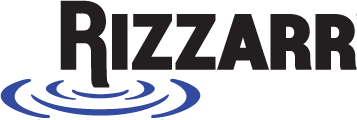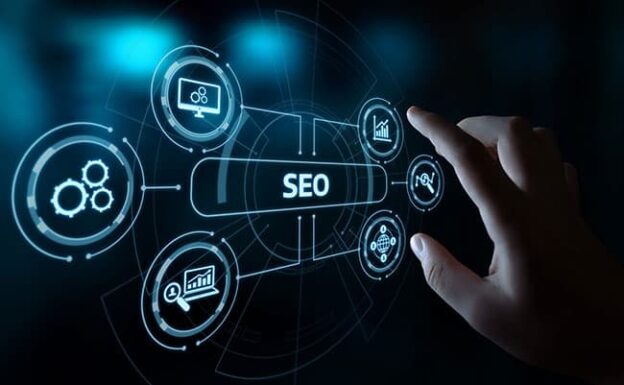On-page SEO optimization is an important step in improving a website’s visibility on search engines like Google. It helps websites rank higher, attract more visitors, and increase conversions. If you own a business, blog, or e-commerce store, optimizing your website for SEO can make a big difference.
In this blog, we will explain what on-page SEO is, why it is important, and how you can improve your website’s SEO with proven strategies. We will use simple and easy-to-understand language so that anyone can follow along.
What is On-Page SEO Optimization?
On-page SEO refers to the process of optimizing individual web pages to rank higher in search engines. It includes optimizing content, meta tags, images, and other elements on a webpage. The goal is to make a webpage more search-engine-friendly so that it appears in top search results when users search for relevant keywords.
Unlike off-page SEO, which focuses on external factors like backlinks, on-page SEO optimization is all about improving elements on your own website.
Why is On-Page SEO Important?
On-page SEO is important because it helps search engines understand your website content. When your website is well-optimized, it can:
-
Rank higher in search results
-
Attract more organic traffic
-
Improve user experience
-
Increase engagement and conversions
-
Reduce bounce rates
By following the best on-page SEO practices, you can make sure that your website gets the attention it deserves.
Key On-Page SEO Elements and Best Practices
Keyword Research and Optimization
Keywords are the words and phrases that users type into search engines. Choosing the right keywords is the first step in on-page SEO. Here’s how you can do it:
-
Use keyword research tools like Google Keyword Planner or Ahrefs to find relevant keywords.
-
Choose long-tail keywords (phrases with 3-4 words) as they are easier to rank for.
-
Avoid keyword stuffing (overusing keywords), as it can hurt your rankings.
-
Naturally place keywords in the title, headings, and throughout the content.
Title Tags and Meta Descriptions
Title tags and meta descriptions are important for SEO. They help search engines and users understand what your page is about.
-
Title Tag: This is the clickable headline in search results. Keep it under 60 characters and include your main keyword.
-
Meta Description: This is a short summary of your page. Keep it under 155 characters and make it engaging to attract clicks.
Header Tags (H1, H2, H3, etc.)
Header tags help structure your content and make it easy to read. They also help search engines understand the main topics of your page.
-
Use H1 for the main title.
-
Use H2 for subheadings and H3 for smaller sections.
-
Include keywords naturally in your headers.
SEO-Friendly URLs
A clean and simple URL structure improves SEO and user experience.
-
Keep URLs short and descriptive.
-
Include keywords in the URL.
-
Avoid numbers and special characters.
-
Example: yourwebsite.com/on-page-seo-tips instead of yourwebsite.com/page123?=seo
High-Quality Content
Content is the heart of on-page SEO. Web Development Agency prefer websites that provide valuable and relevant information.
-
Write high-quality, informative, and original content.
-
Use simple and easy-to-understand language.
-
Break content into small paragraphs for better readability.
-
Add bullet points and lists to make content easy to scan.
-
Use images, videos, and infographics to enhance content.
Internal and External Links
-
Internal Links: Linking to other pages on your website helps users navigate easily and improves SEO.
-
External Links: Linking to high-quality external sources adds credibility to your content.
Example:
-
If you write about SEO, link to another relevant blog post on your website.
-
If you mention a statistic, link to a trusted source for reference.
Image Optimization
Images make your content more engaging, but they should be optimized for SEO.
-
Use descriptive filenames instead of generic names like image1.jpg.
-
Add alt text to images so search engines understand what they are about.
-
Compress images to reduce loading time.
Mobile-Friendliness
More people use mobile devices to browse the internet. Google prioritizes mobile-friendly websites in search rankings.
-
Use a responsive design that adapts to different screen sizes.
-
Test your website on different devices to ensure it looks good.
-
Avoid pop-ups that make it difficult to navigate on mobile.
Page Speed Optimization
A slow-loading website can harm your rankings and frustrate users.
-
Use tools like Google PageSpeed Insights to check your speed.
-
Compress images and use fast-loading formats.
-
Enable browser caching to improve loading times.
-
Use a reliable hosting service.
User Experience (UX) and Engagement
Google rewards websites that provide a great user experience.
-
Improve website navigation so users can find what they need easily.
-
Use clear fonts and colors for readability.
-
Add call-to-action (CTA) buttons to guide users (e.g., “Read More,” “Buy Now”).
-
Reduce pop-ups and distractions.
Conclusion
On-page SEO optimization is essential for improving website rankings and attracting organic traffic. By focusing on keyword optimization, high-quality content, clean URLs, and mobile-friendliness, you can boost your website’s visibility in search engines.
Following these proven strategies will help your website rank higher, improve user experience, and drive more traffic. Start optimizing your website today and enjoy the benefits of better search engine rankings!
Do you have questions about on-page SEO? Let us know in the comments!








